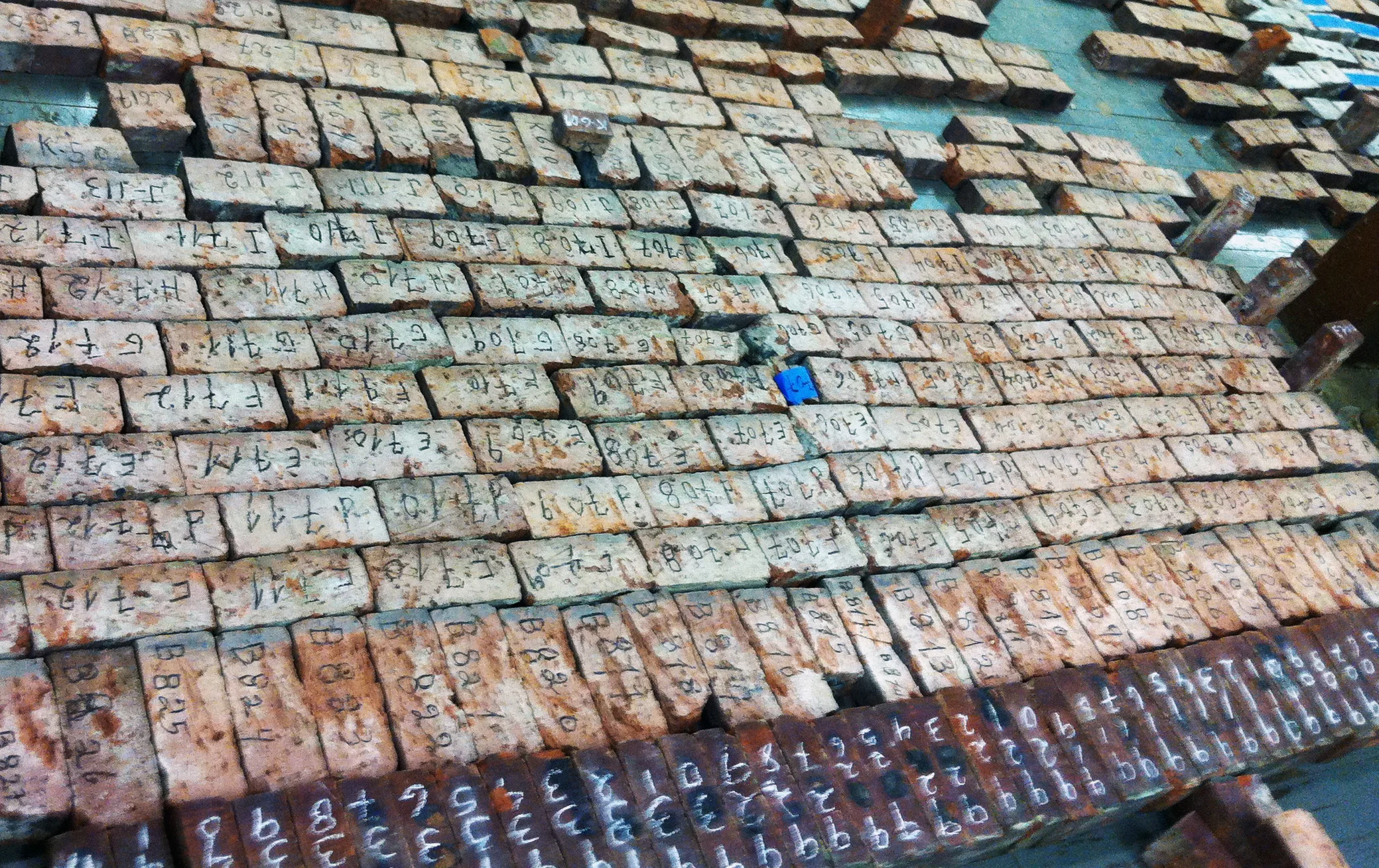One of my favorite things.
I have a confession to make. For a long time now, I have been carrying on a love affair with terrazzo. I love the way it looks and feels underfoot and how exciting it is when the saw cuts the first raw terrazzo mixture and the pattern underneath is revealed. Then through grinding and polishing, the final beautiful floor appears as if from within. But I am getting ahead of myself.
What is terrazzo, you say?
Marble chips create aggregate.
Ah, a mixture of cement and an aggregate, traditionally marble chips, but it can also be mixed with glass or mirror fragments for dramatic finishes. It is laid “in situ”, meaning in place, and then ground and polished to a very smooth finish. Although the 15th century Venetians are usually credited for inventing terrazzo, I think it must go back much further when our Neolithic ancestors embedded pretty stones into the floors of their caves. The poor Venetian masons took home the marble scraps left from their construction projects and brought them home to decorate their clay floors. They found that if they polished the floors with smooth stones they could create a hard and beautiful surface to walk on.
Samples of marble chips in a variety of sizes.
In the United States, terrazzo became the material of choice for large commercial or institutional spaces where durability and ease of maintenance were paramount features. Schools, churches, hospitals and airports were quick to adopt terrazzo for their flooring needs. With the advent of electrical saws to cut terrazzo in the 1920s, it became easy to create beautiful patterns and decorative schemes within the flooring. The invention of powerful saws to cut terrazzo coincided with the Jazz Age style of the 1920s and 1930s, most commonly known as the period of Art Deco. The primary tenet of Art Deco was an interest in decoration rather than innovation. The typical design vocabulary of Art Deco was perfect for terrazzo: fragmented circles and suns; chevrons and zig-zags; stylized foliage and occasional animal forms.
Example of Zakalak Restoration Terrazzo restoration, in a beautiful, multi-color zig-zag pattern.
Some of the most beautiful terrazzo was created during this time period, and I have had the pleasure of working with these beautiful floors over the last ten years at the Beacon, the former Jersey City Medical Center, where every building has marble terrazzo floors laid in intricate patterns. The patterns were created by bronze or aluminum divider strips to separate colors and borders. Our job is usually to restore the floors including everything from patching holes, to recreating missing borders, refinishing surfaces and then polishing and sealing them.
Close up of decorative Medical Center medallion with brass strip dividers.
Nothing gives me greater pleasure than stepping back and seeing a patch, or new border, blend in seamlessly with the historic floor.


